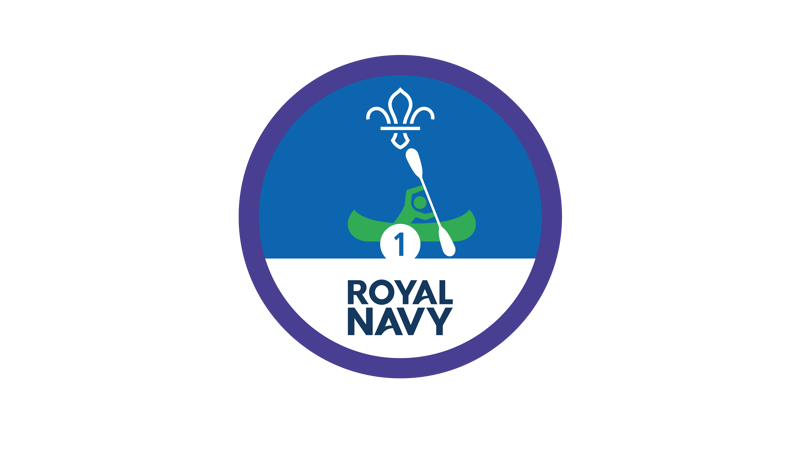
Kitesurfing
What to expect
Kitesurfing combines parts of wakeboarding, windsurfing, paragliding and sailing all into one extreme adventure. It uses a large, controllable kite to pull the surfer across the water while standing on a surfboard. The board is used to steer the surfer and the kite can be raised or lowered to control the power.
While kitesurfing does incorporate bits of other sports, it’s very different to all of these and an excellent thrill-ride. It can be quite challenging, especially getting started and launching your kite, making it a good opportunity to put your perseverance to the test. It may be best suited to older groups.
What you’ll learn
While kitesurfing tests your balance and core strength, it also requires you to multitask, as you must control both the kite with your hands and the board with your feet to influence your speed and direction. Most importantly, you’ll see the benefits of patience and hard work, as kitesurfing can be great fun once you’re up and running.
Fun facts
The principles of kitesurfing can be dated all the way back to the 1400s, when the Chinese ingeniously used kites to accelerate their fishing boats and canoes across open water. All you need to try it is lots of open water and a wind speed of at least 11mph.
Handy hints
- Make the most of it. Kitesurfing can be quite difficult to get the hang of. Try other adventures like water-skiing or surfing first to build up to it and give you the best chance of enjoying it.
- Keeping busy. Kitesurfing is often run in smaller groups, so it might be better to run as part of a day featuring different activities, so people aren’t waiting around.
Safety
You must always:
- Complete a risk assessment
- Have the right ratios of number of adults to provide suitable supervision
- Set up an InTouch process
- Know what to do in an emergency
- Share information with parents and carers with an activity information form
- Get approval from your commissioner
Be safe outdoors:
- Check the weather forecast
Be safe in water:
Everyone should be able to swim 50 m wearing the clothing or equipment for the activity. Non-swimmers will need additional support.
Water can be dangerous - be aware of the risks.
The category of water depends on how safe the water is. Use our waterways directory to check.
Be sure to manage the group when near water, keeping everyone safe.
Make sure that all equipment is fit for purpose and in good condition:
Everyone must wear a life jacket or buoyancy aid.
The instructor must make sure boats are seaworthy.
There are regulations you must follow if you are hiring a boat.
Joint activities with other organisations:
- This activity can be run jointly with Girlguiding.
- This activity can be run with other organisations.
This activity can be led by you or someone else in Scouts:
The activity leader must have an adventurous activities permit with the right level and permissions for your group.
You don't need a permit for activities on Class C waters (safe, inland water less than 100 m wide).
Where the group is entirely members over the age of 18 the permit scheme does not apply, please follow the rule 9.8 adult groups.
You can go to a centre or use an activity leader who is not part of Scouting:
You must find a suitable provider who meets the following requirements:- The centre/instructor should hold one of these: (If the provider is AALA exempt)
- British Kitesurfing - Level 1 Kitesurf Instructor
The provider must have public liability insurance.
Guidance
Reflection
Kitesurfing is an exciting way to try something new and push ourselves. But it isn’t easy and it might’ve taken a while to start getting the hang of everything. Why is it so important to persevere and keep trying? What other things can we apply this to and keep trying until we succeed? If everyone stopped trying after the first time, we might never master kitesurfing, but we might also never get the badges we want, the grades we want, the jobs we want or live the life we want. Getting back up and trying things again helps us to learn more and achieve great things.
- Kitesurfing can often be adapted so more people can give it a go. Many outdoor centres have facilities that cater for people with additional needs and experienced instructors to help everyone achieve their goals. Get in touch with your local provider to chat through the needs of people in your group – make sure you give them plenty of notice.
- Like with many other adventures, kitesurfing gear can be adapted in lots of different ways. There are boards with seats fixed in, kites attached to kayaks or even large inflatables. Get in touch with your provider early to discuss any accessibility needs and make sure they can provide a session to suit you and your group.
All Scout activities should be inclusive and accessible.
Anyone who enjoyed the thrill of kitesurfing might love other adrenaline-fuelled adventures like water-skiing or white water rafting.



